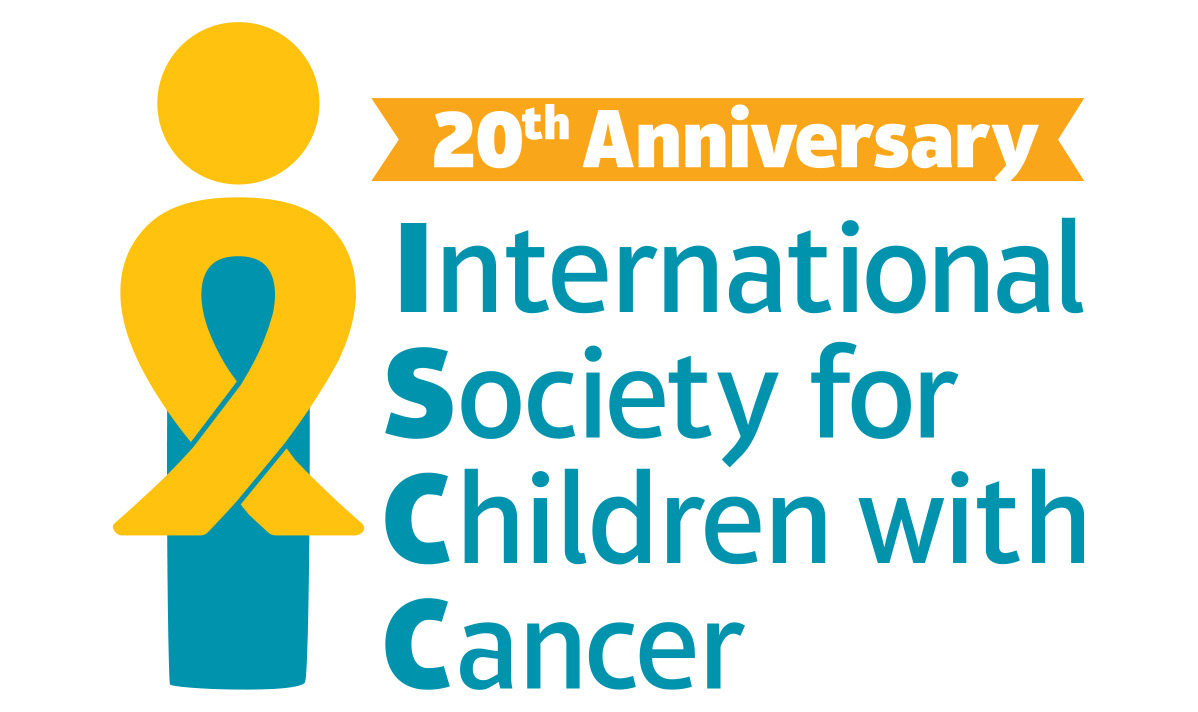As a child grows and develops, it is possible that an abnormal group of cells will grow and develop as well. These abnormal cells will metastasize and grow within many different portions of the body. Specifically with these types of tumors, the cells will grow abnormally large on or within a portion of the brain or spinal cord.
There are many different types of tumors – the two basic types are malignant and benign. A malignant tumor is cancerous, and it is much more dangerous than a benign tumor. It will continue to grow and develop, taking over portions of the brain or spinal cord as it goes. It must be removed as soon as possible for survival. A benign tumor, even though it’s not cancerous, is also very dangerous when it grows in the brain or spinal cord. For instance, the tumor could be pushing on certain portions of the brain or certain nerves within the spinal cord. When this happens, body functions associated with that part of the central nervous system may shut down. Therefore, these types of tumors need to be removed as soon as possible as well.
Brain and spinal tumors, some of the most frightening types of childhood cancer, are ranked third in the most common types of childhood cancers. They are beaten only by leukemia and lymphoma. Unfortunately, the cause of all of these types of cancers is unknown. It is an unfortunate and unlucky development in growing children.
What are the symptoms?
To make things more difficult, each child may face very different symptoms when it comes to brain and spinal tumors.
Brain Tumor: Symptoms may or may not include frequent headaches, nausea and vomiting, loss of balance, vision, hearing, or speech, increased sleepiness, changes in personality or behavior, or seizures. When the tumor is in an infant, the infant’s head may grow too large in size.
Spinal Tumor: Symptoms may or may not include pain in the back, pain spreading to the arms and legs, weakness in the legs or trouble walking, or troubles with urinating or bowel movements.
Fortunately, these symptoms can also be explained by conditions that have nothing to do with cancer. Since it can be difficult to pinpoint the exact cause of the symptoms, it is based to have any concerns evaluated by a medical professional.











